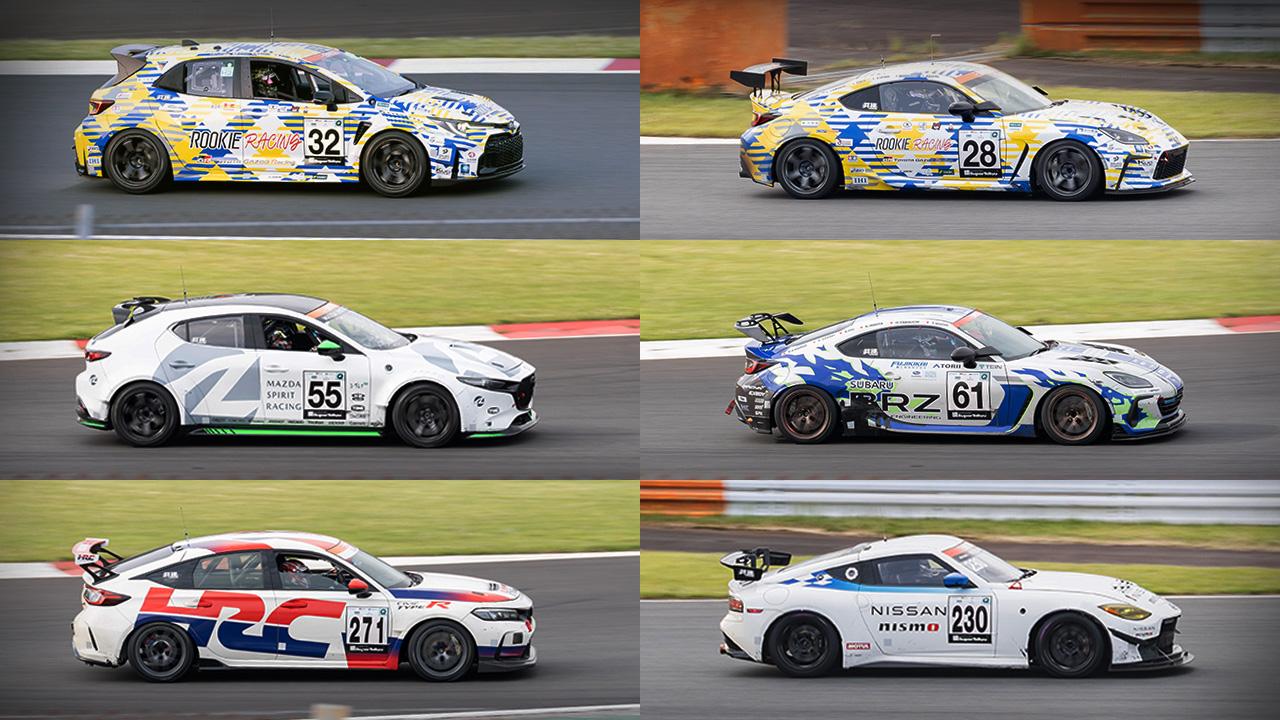
The Super Taikyu Series enables carmakers to trial new energy sources that could be the options for realizing a carbon-neutral society. In Round 2, newcomers Honda and Nissan joined in the cross-company efforts.

On May 27-28, the NAPAC Fuji SUPER TEC 24 Hours Race, Round 2 of the 2023 ENEOS Super Taikyu Series, was held at Fuji International Speedway. The race saw an expanded lineup in the ST-Q class, where various companies have joined in the challenge to collectively shape the auto industry’s future.
Racing to expand carbon-neutral options
The Super Taikyu Series’ ST-Q class is where manufacturers race vehicles under development. For these carmakers, the category serves as a testing ground for new energy sources—hydrogen, synthetic fuels, and biofuels—to expand the options for achieving a carbon-neutral society.
Harumi Kuwayama, head of the Super Taikyu Organization (STO) that oversees the series, explained about the ST-Q class at a press conference during the race. Among the guests was Pierre Fillon, president of the Automobile Club de l'Ouest (ACO), which organizes the FIA World Endurance Championship (WEC).
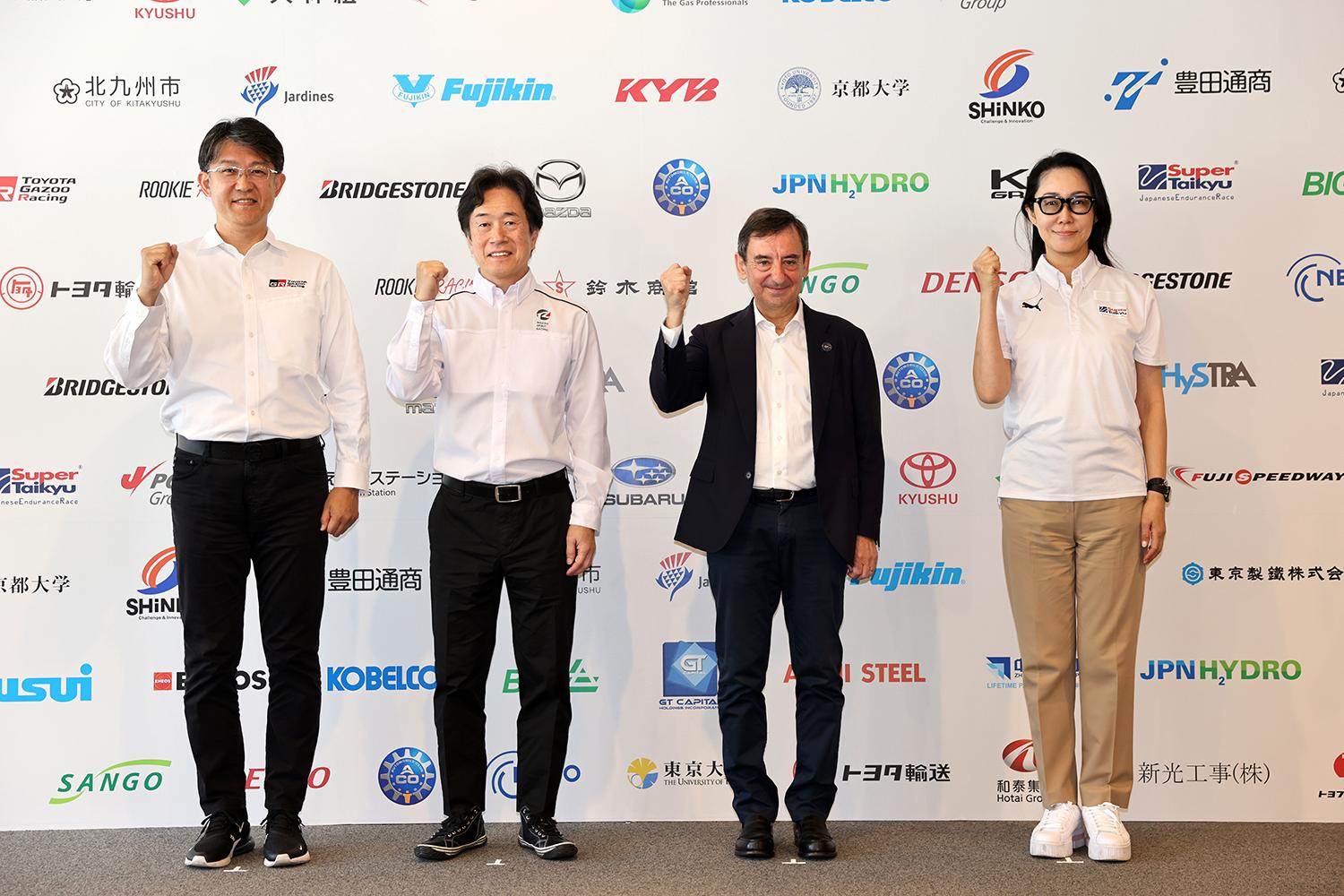
STO CEO Kuwayama
Although ours is a type of racing where amateurs enjoy a starring role, I believe that the demanding conditions of long endurance races create an ideal platform for development.
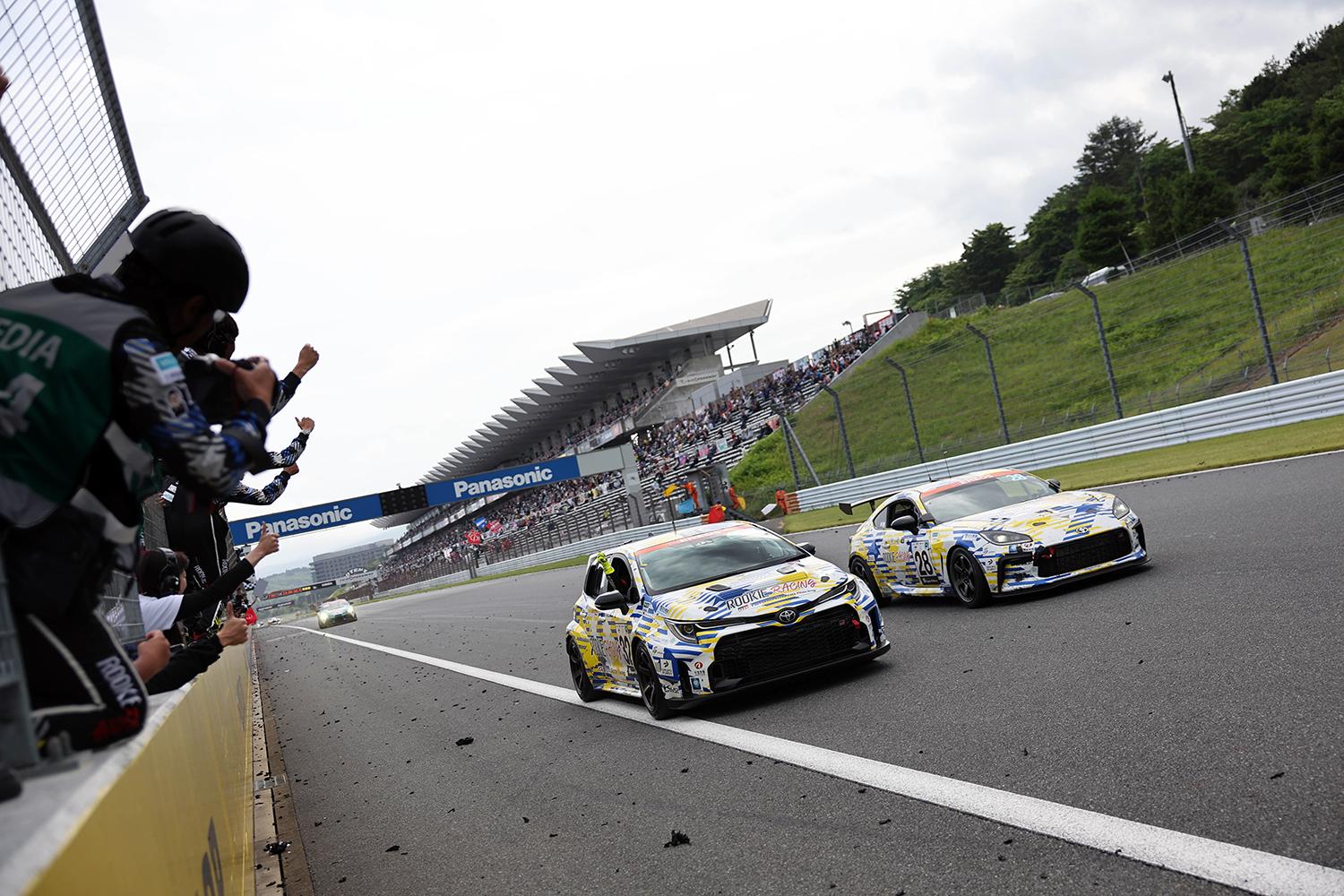
For the future of cars and motorsport
At Fuji 24 Hours Round 2, the ST-Q class welcomed two newcomers: the #271 Honda Racing CIVIC TYPE R CNF-R and the #230 Nissan Z Racing Concept from Nissan (NISMO).
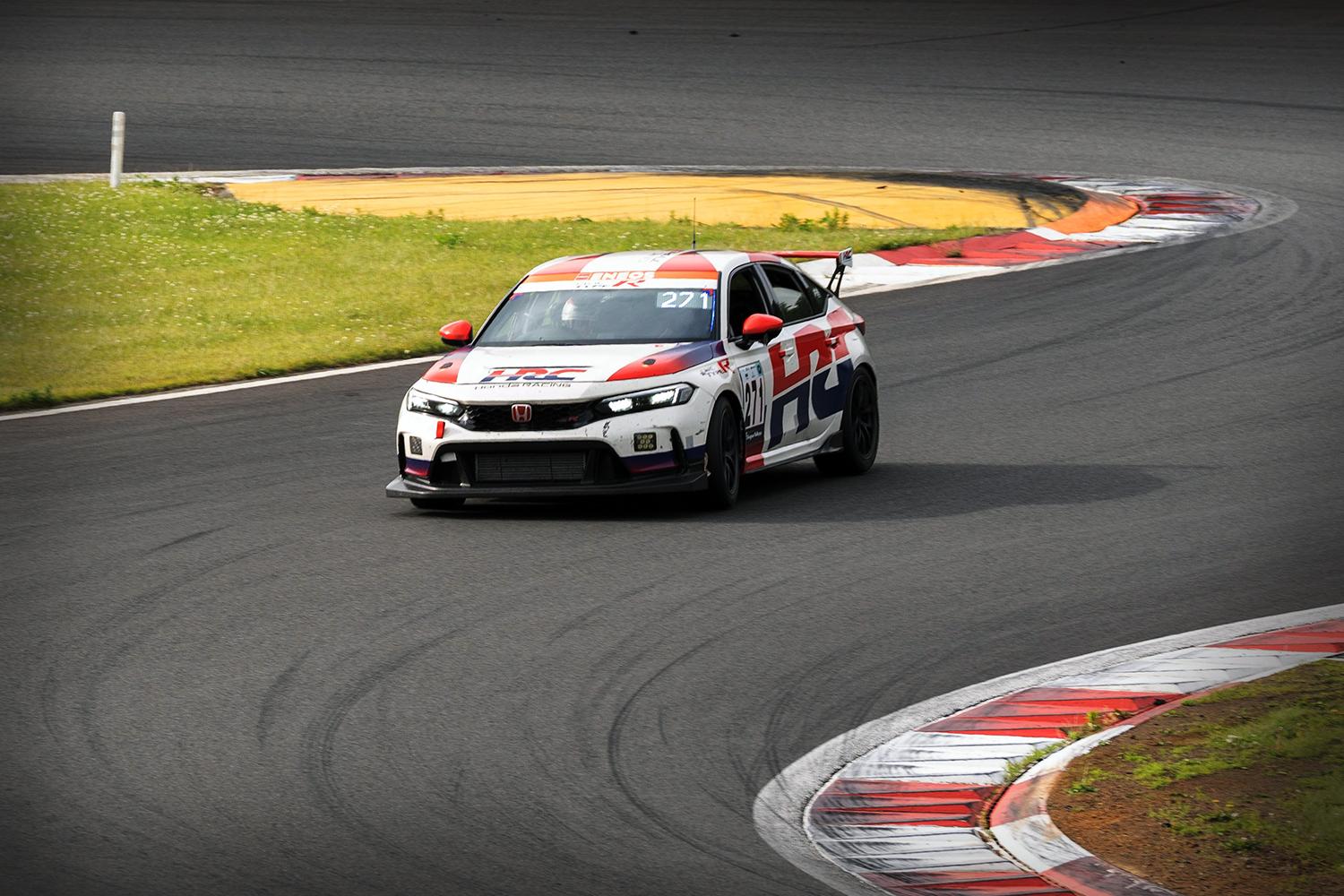
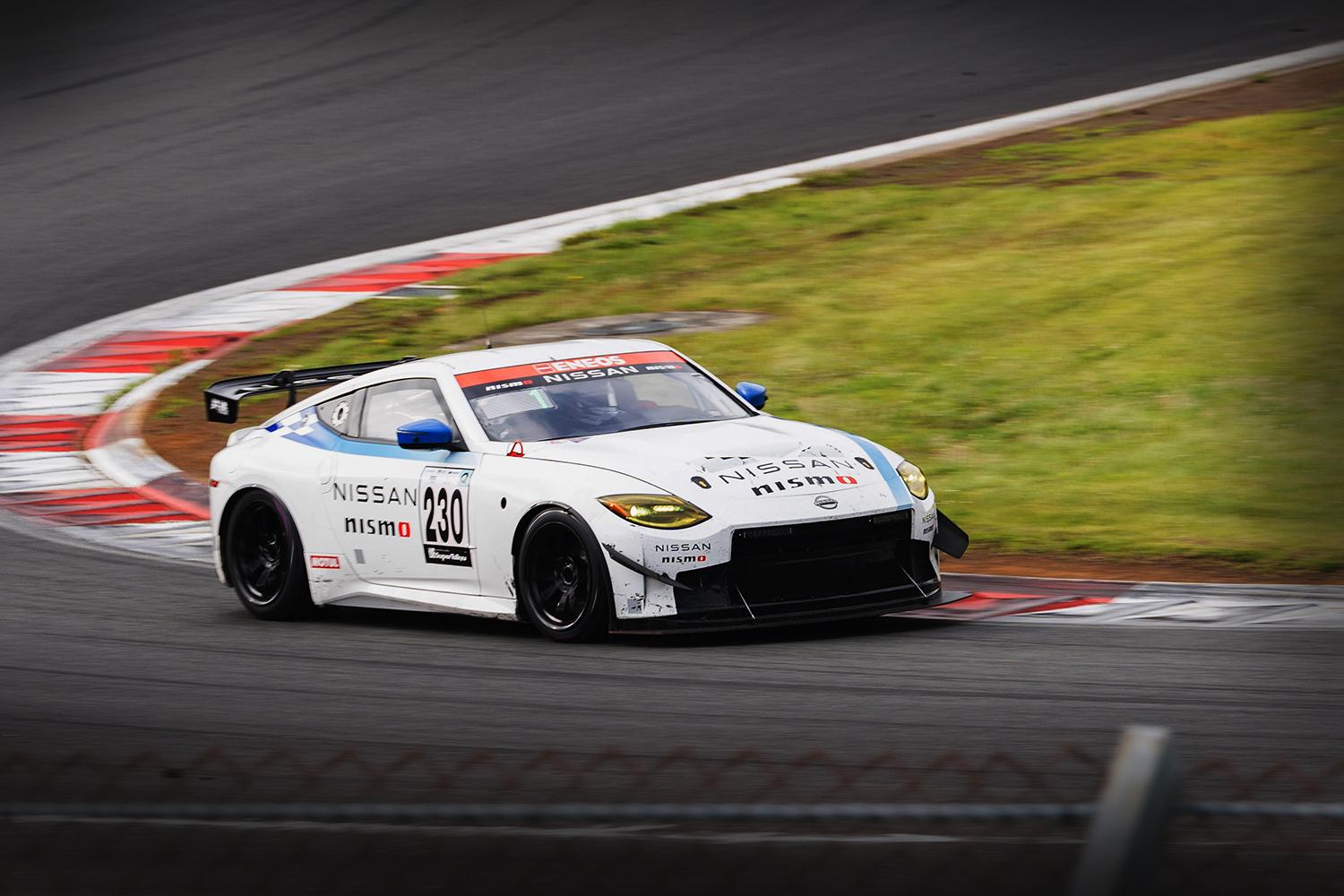
Since 2021, when the hydrogen Corolla kicked off carbon-neutral efforts in the Super Taikyu, the field has grown to six cars from five companies: Toyota, Mazda, Subaru, Nissan, and Honda. CEO Kuwayama continued.
STO CEO Kuwayama
While we value and will continue cultivating a culture of entertaining racing, we also feel that we have another very important mission—to provide a platform for experimenting with technologies for a new era.
This year marks the 34th season of Super Taikyu and the sixth year for the Fuji 24 Hours. Although still not in the same league as Le Mans, we want to follow in those footsteps and boost endurance racing from Asia, while also contributing as much as we can to the future of cars and motorsport.
With the number of carbon-neutral partners reaching new heights at the 24-hour race, each of the six ST-Q class cars sported stickers with the word 共挑, meaning “co-challenge.”
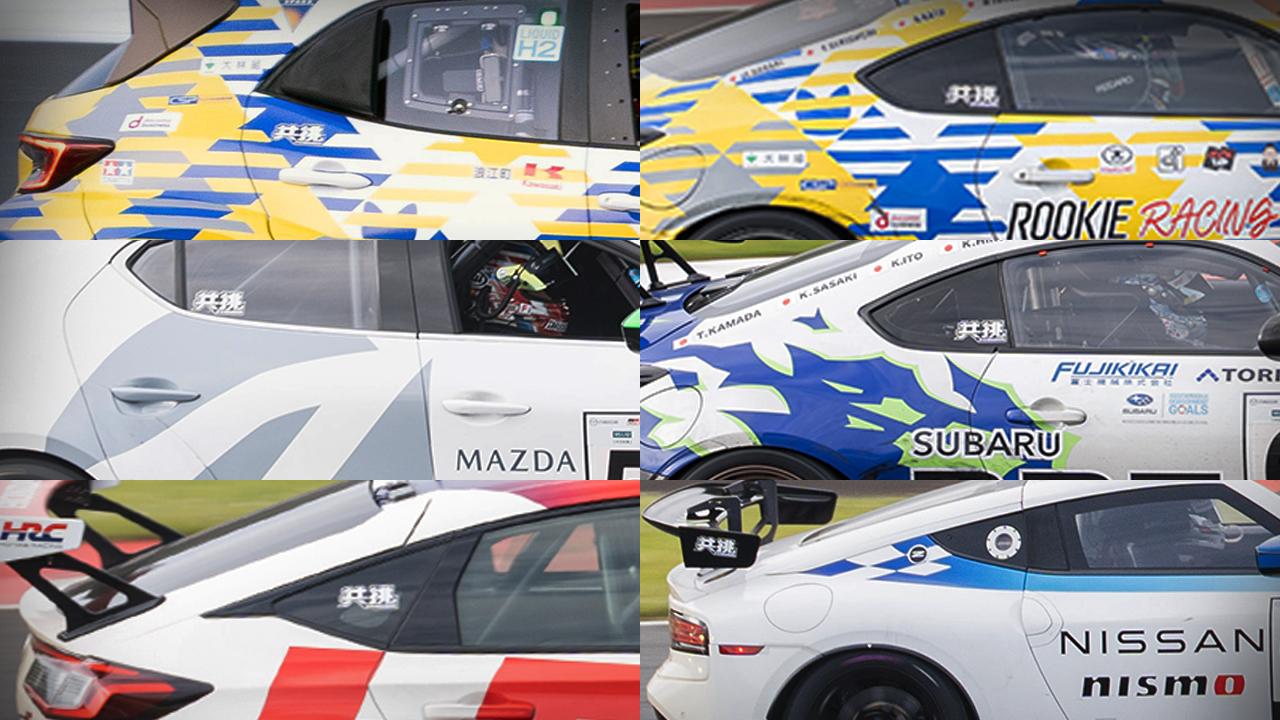
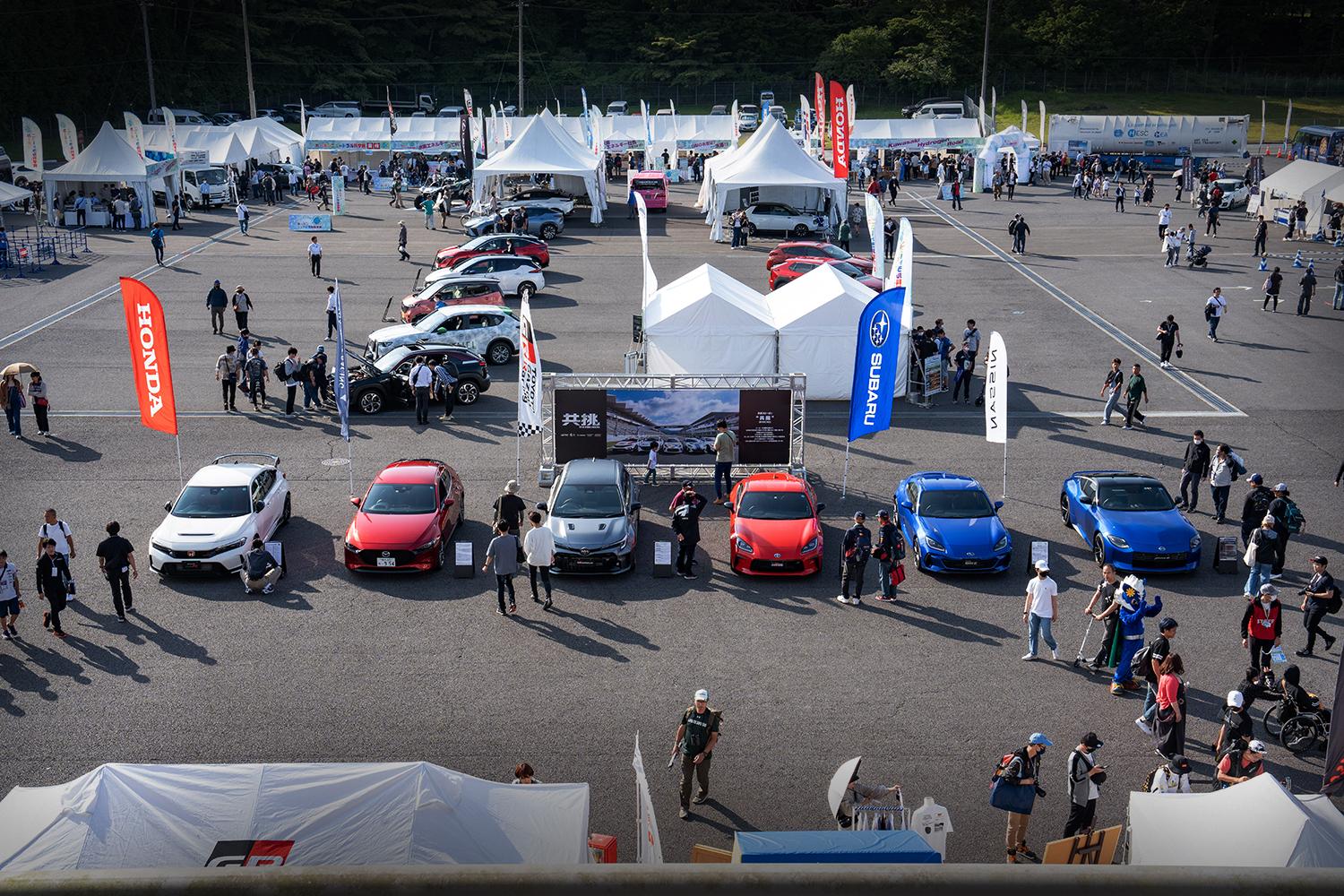
This slogan symbolizes the manufacturers’ shared determination to work together across company boundaries. At a roundtable discussion, President Sato spoke about the “co-challenge” idea.

